Watercolour, gouache and ink on paper, signed lower right: VLAMINCK.
45 x 54 cm
Maurice deVlaminck: Painting with fury and freedom
Maurice deVlaminck was a French painter, writer and lithographer, considered one of thepioneers of Fauvism, the revolutionary artistic movement of the early 20thcentury.
He was born in Paris on April 4, 1876, into a modest family wheremusic played a central role: his father was a violinist and his mother apianist. From an early age, he developed a taste for artistic expression,though he did not follow a strict academic training in art.Vlaminckled an adventurous youth, cycling at an almost professional level and writingnovels to support himself. In 1900, he had a decisive encounter with AndréDerain, with whom he began painting in Chatou, near the Seine. Together, theyexperimented with bright colors and unprecedented freedom of form. Their work,influenced by Van Gogh, broke away from traditional artistic conventions.Theirparticipation in the 1905 Salon d'Automne alongside Henri Matisse caused ascandal. Critic Louis Vauxcelles, shocked by the boldness of their canvases,called them “fauves”. The term stuck, giving rise tofauvism. Vlaminck, in particular, stood out for his instinctive, vibrant andenergetic painting, in which color was used expressively rather thanrealistically.In theyears that followed, Vlaminck took a brief interest in Cézanne and Cubistresearch, but soon moved away from this approach, which he considered toointellectual. He called for a more visceral style of painting, guided byemotion and sensation.
From the 1920s onwards, his style became darker, hislandscapes deeper and more serious, with tormented skies and more muted tones.In additionto his pictorial work, Vlaminck was also a prolific writer. He publishednumerous autobiographical accounts, essays and pamphlets in which he assertedhis often radical ideas on art, society and individual freedom. Hisoutspokenness and rejection of official institutions made him a fiercelyindependent figure.
Maurice de Vlaminck died on October 11, 1958 inRueil-la-Gadelière, Eure-et-Loir. He left behind a powerful and singular body of work, marked by a searchfor truth and raw emotion, far removed from passing fashions.



















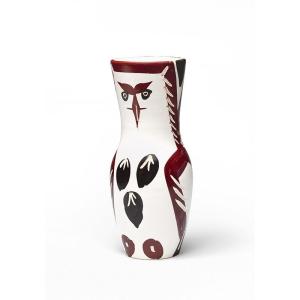



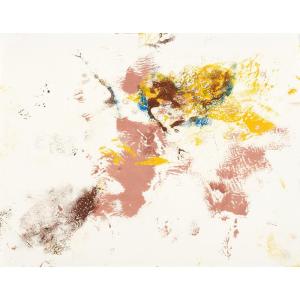

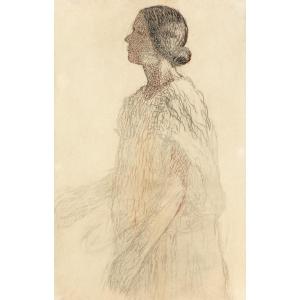









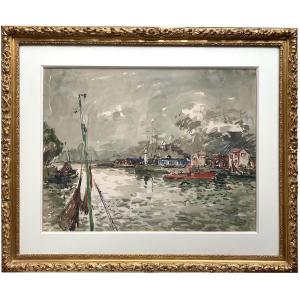


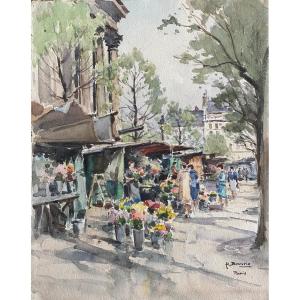



 Le Magazine de PROANTIC
Le Magazine de PROANTIC TRÉSORS Magazine
TRÉSORS Magazine Rivista Artiquariato
Rivista Artiquariato